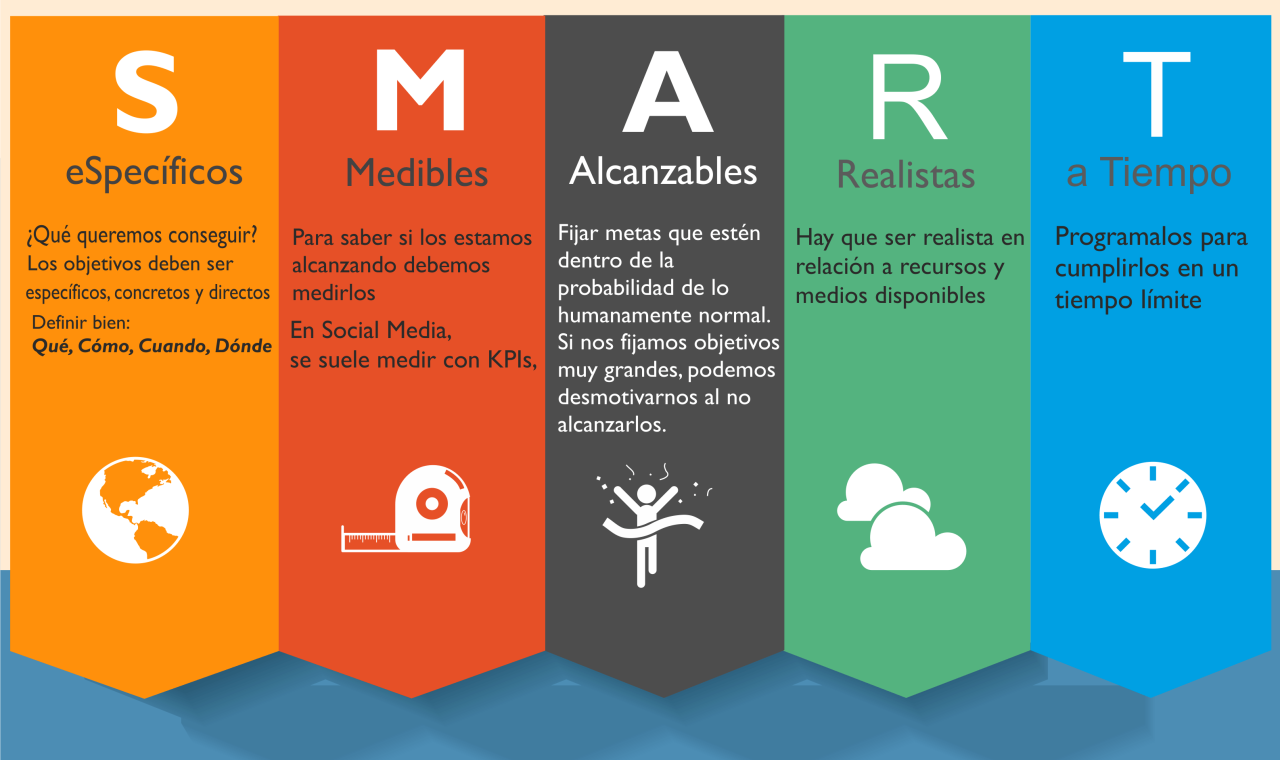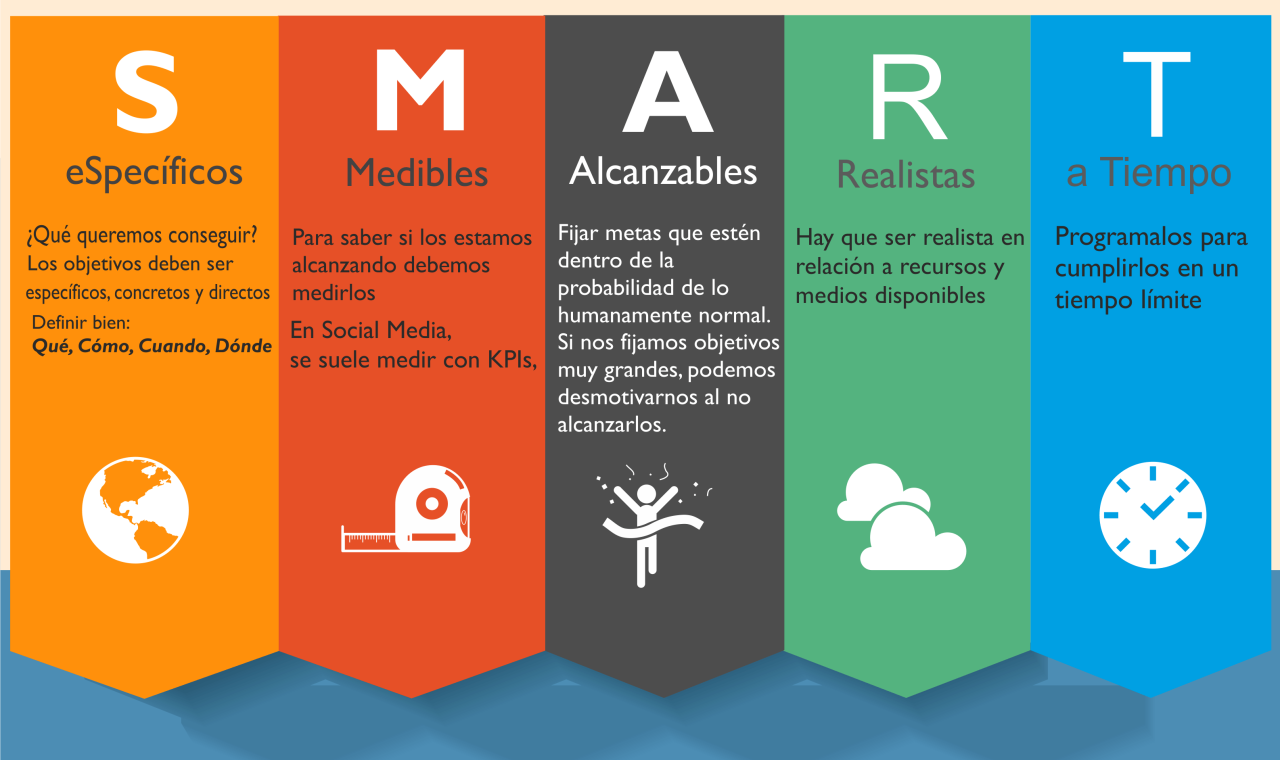Smart devices have become an integral part of modern living, seamlessly blending technology with daily activities. These innovative gadgets not only simplify tasks but also enhance our lifestyles, making them indispensable in today’s fast-paced world.
From smart speakers and thermostats to health monitors and kitchen appliances, the functionalities of smart devices are vast. Powered by the Internet of Things (IoT), these devices communicate and work together to automate and optimize various aspects of home and work life, providing convenience and efficiency like never before.
Overview of Smart Devices
Smart devices are electronic gadgets that connect to the internet and can interact with other devices and systems to perform intelligent functions. These devices leverage advanced technologies to automate tasks, provide real-time data, and enhance user experiences. They are designed to improve convenience, efficiency, and functionality in everyday life, making mundane tasks easier and allowing for smarter living environments.
Smart devices encompass a wide array of products, ranging from home automation systems to wearable technology. Examples include smart thermostats like the Nest, which learns user preferences to optimize heating and cooling, and smart speakers such as Amazon Echo, which can play music, control smart home devices, and answer queries using voice commands. Additionally, smart appliances like refrigerators and washing machines can be programmed to run tasks based on user schedules, while fitness trackers monitor health metrics in real-time.
Technologies Behind Smart Devices
The backbone of smart devices is the Internet of Things (IoT), which refers to the interconnection of everyday objects to the internet, enabling them to send and receive data. This technology allows smart devices to communicate with each other and with centralized systems, creating a seamless network that enhances functionality.
Key technologies that empower smart devices include:
- Wireless Communication: Technologies like Wi-Fi, Bluetooth, and Zigbee allow devices to connect and communicate wirelessly, facilitating remote control and automation.
- Cloud Computing: Many smart devices utilize cloud services to store and process data, allowing for advanced analytics and machine learning capabilities that enhance device performance.
- Artificial Intelligence: AI algorithms analyze data collected from devices to provide personalized experiences and improve efficiency, such as predictive maintenance in smart appliances.
- Sensor Technology: Smart devices are equipped with various sensors (temperature, motion, humidity, etc.) that gather data from their environment, assisting in real-time decision-making.
Incorporating these technologies, smart devices not only streamline operations but also contribute to a more connected and efficient lifestyle. These innovations exemplify how technology continues to evolve, changing the landscape of daily living and enhancing our interaction with the world around us.
Benefits of Smart Devices

Smart devices have transformed the way we interact with our homes and daily routines. Their integration into everyday life offers a multitude of advantages that enhance both personal convenience and overall efficiency. From smart thermostats to connected appliances, these devices not only simplify tasks but also contribute to significant advancements in energy management and productivity.
Advantages of Smart Devices for Personal and Home Automation
The adoption of smart devices enables seamless automation of household tasks, allowing individuals to manage their environments with ease and efficiency. These devices can be programmed or controlled remotely, providing a level of convenience that traditional devices cannot match. Key advantages include:
- Centralized Control: Users can operate multiple devices from a single app or interface, reducing the need for multiple remotes and switches.
- Customization: Smart devices can be tailored to suit individual preferences, such as setting specific lighting scenes or adjusting thermostat settings based on occupancy.
- Remote Monitoring: Homeowners can monitor their properties in real-time using smart cameras and security systems, enhancing safety and peace of mind.
Energy Efficiency and Cost Savings
Smart devices play a pivotal role in promoting energy efficiency, leading to significant cost savings over time. By optimizing energy use throughout the home, these devices can help reduce utility bills and contribute to environmental sustainability. The following factors illustrate their impact:
- Smart Thermostats: Devices like the Nest or Ecobee learn user behaviors to optimize heating and cooling, potentially reducing energy consumption by up to 15%.
- Smart Lighting: Automated lighting systems use sensors to adjust brightness based on natural light availability, lowering energy waste.
- Energy Monitoring: Smart plugs and energy monitors provide insights into consumption patterns, allowing users to identify and eliminate energy hogs.
Impact on Daily Productivity and Convenience
Incorporating smart devices into daily routines can significantly enhance productivity and convenience in various ways. By minimizing mundane tasks, users can focus on more important activities. The following points highlight this impact:
- Voice Control: Devices like Amazon Echo and Google Home allow users to control their environments hands-free, enabling multitasking and effortless operation.
- Task Automation: Scheduling appliances and services for specific times can save time; for instance, programming a coffee maker to brew automatically in the morning.
- Streamlined Communication: Smart devices facilitate instant communication with family members, whether through intercom features or integrated messaging systems.
“Smart devices not only save energy but also redefine convenience, allowing users to reclaim time and focus on what truly matters.”
Smart Devices in Various Industries

Smart devices have made significant inroads across numerous industries, reshaping operational paradigms and enhancing productivity. Their integration into sectors such as healthcare, education, and manufacturing is not just a trend but a revolution that highlights efficiency and improved outcomes. This section explores the transformative role of smart devices in these key sectors.
Smart Devices in Healthcare and Patient Monitoring
In healthcare, smart devices are paving the way for advanced patient monitoring and management systems. Wearable technologies, such as smartwatches and health trackers, are continuously gathering data on vital signs, activity levels, and overall health metrics. This data provides healthcare professionals with real-time insights, allowing for timely interventions and personalized care plans. For instance, devices like continuous glucose monitors enable patients with diabetes to track their blood sugar levels seamlessly, significantly reducing the risk of complications.
The use of smart devices in hospitals and clinics enhances operational efficiency as well. Hospitals are utilizing smart devices to monitor equipment, track medication administration, and streamline patient flow. For example, RFID tags on medical equipment help staff locate devices quickly, ensuring that resources are available when needed. Additionally, telehealth platforms leverage smart devices to facilitate remote consultations, breaking geographical barriers and improving access to healthcare.
Smart Devices in Education
The education sector is witnessing a significant shift as smart devices become integral to learning environments. Smartboards, tablets, and educational apps are enhancing traditional teaching methods, creating interactive and engaging experiences for students. Unlike conventional teaching tools, these devices facilitate personalized learning, where students can progress at their own pace.
Smart devices also allow for better collaboration among students and educators. Through cloud-based platforms, students can share resources, collaborate on projects, and receive instant feedback from teachers. For example, platforms like Google Classroom enable teachers to create a virtual classroom where assignments are distributed and submitted electronically, streamlining communication and organization.
Smart Devices in Manufacturing
In the manufacturing industry, smart devices are revolutionizing operations through the adoption of Industry 4.0 principles. The integration of IoT (Internet of Things) devices in manufacturing processes allows for real-time monitoring and control over production lines. Sensors embedded in machinery can predict maintenance needs, reducing downtime and enhancing productivity.
Smart devices facilitate data analytics, enabling manufacturers to optimize processes based on real-time feedback. For instance, by analyzing data from connected machines, companies can identify inefficiencies and implement corrective actions quickly. This results in a more agile production environment capable of adapting to changing market demands.
Furthermore, the use of augmented reality (AR) in manufacturing is gaining traction. AR-enabled devices assist workers in assembly and maintenance tasks by providing real-time, overlay instructions. This not only enhances accuracy but also reduces training time for new employees, fostering a more skilled workforce.
Future Trends in Smart Device Technology
The landscape of smart device technology is poised for groundbreaking advancements over the next decade. As we navigate through a rapidly evolving digital era, innovations in connectivity, artificial intelligence (AI), and user-centric design will redefine our interactions with smart devices. These trends not only promise to enhance user experiences but also aim to create more efficient, responsive, and intuitive systems across various applications.
The anticipated integration of AI with smart devices is a major factor influencing future developments. AI will empower devices with enhanced learning capabilities, allowing them to adapt seamlessly to user preferences and environmental conditions. As machine learning algorithms become more sophisticated, we can expect smart devices that anticipate needs, offer personalized suggestions, and even improve their functionality over time based on user interaction.
Emerging Smart Devices and Market Impact
The following list highlights some of the most promising emerging smart devices along with their expected impact on the market. These innovations represent a significant shift toward a smarter and more interconnected world.
- Smart Home Hubs: Centralized systems that integrate various smart devices, allowing users to control lighting, temperature, and security through voice commands or mobile apps.
- Wearable Health Monitors: Devices that continuously track health metrics like heart rate, sleep patterns, and physical activity, enabling proactive health management and personalized insights.
- AI-Driven Personal Assistants: Enhanced virtual assistants that utilize advanced natural language processing to better understand and respond to user inquiries, providing tailored recommendations and actions.
- Smart Agriculture Tools: Devices that utilize AI and IoT to optimize farming practices, including soil monitoring sensors and drones for crop surveillance, enhancing yield and sustainability.
- Connected Vehicles: Automobiles equipped with smart features that enable vehicle-to-everything (V2X) communication, improving navigation, safety, and traffic management.
- Smart Wearables for Seniors: Devices designed specifically for elderly users that monitor health conditions, provide alerts to caregivers, and promote social connectivity.
These emerging smart devices are expected to significantly impact various markets by promoting automation, enhancing convenience, and cultivating more sustainable practices. The convergence of AI with smart technology will not only foster innovation but also create new opportunities for businesses, leading to a dynamic shift in consumer behavior and expectations.
“Smart devices are not just about automation; they are about creating an ecosystem that learns and adapts to enhance human experience.”
Essential Questionnaire
What are smart devices?
Smart devices are electronic gadgets that connect to the internet and can be controlled remotely, offering automation and enhanced functionality.
How do smart devices improve energy efficiency?
They optimize energy usage by automating heating, cooling, and lighting based on real-time data, helping reduce overall consumption.
Can smart devices be hacked?
Yes, like any connected device, smart devices can be vulnerable to hacking; however, using strong passwords and regular updates can enhance security.
What is the role of AI in smart devices?
AI enhances smart devices by enabling them to learn user preferences, making them more responsive and intuitive over time.
Are smart devices worth the investment?
Yes, they often provide long-term savings and convenience, making them a worthwhile investment for many households.
The integration of Google Nest and Google Home revolutionizes your smart home experience. With voice-controlled assistance and seamless connectivity, managing your devices has never been easier. Whether adjusting the thermostat or controlling lights, this combination creates a cohesive ecosystem that enhances your daily life.
By incorporating Philips Hue with Google Home , you can elevate your lighting experience to new heights. Imagine controlling the ambiance of your space simply with your voice. The synergy between smart lighting and voice commands allows you to create atmospheres for any occasion effortlessly, making your home both stylish and functional.
